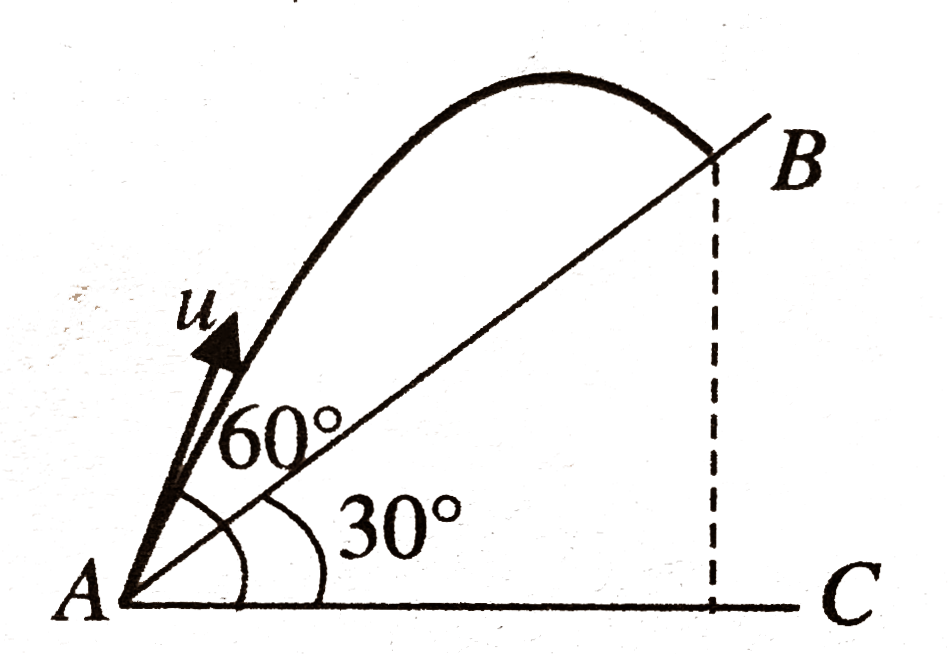Consider a sample fo oxygen at 300K. Find the average time taken by a molecule to travel a distance equal to the diameter of the earth.
To solve the problem of finding the average time taken by an oxygen molecule at 300 K to travel a distance equal to the diameter of the Earth, we will follow these steps:
Step 1: Determine the Diameter of the Earth
The radius of the Earth is approximately 6400 km. To find the diameter, we multiply the radius by 2:
Diameter of the Earth=2×Radius=2×6400 km=12800 km
Now, convert kilometers to meters:
12800 km=12800×1000 m=12800000 m
Step 2: Calculate the Average Velocity of an Oxygen Molecule
The average velocity (Vavg) of a gas molecule can be calculated using the formula:
Vavg=√8RTπM
Where:
- R=8.31J/(mol K) (universal gas constant)
- T=300K (temperature)
- M=32g/mol=0.032kg/mol (molecular weight of oxygen in kg)
Substituting the values into the formula:
Vavg=√8×8.31×300π×0.032
Calculating the numerator:
8×8.31×300=19944
Calculating the denominator:
π×0.032≈0.10053
Thus:
Vavg=√199440.10053≈√198,000≈445.25m/s
Step 3: Calculate the Average Time Taken
Using the average velocity, we can find the time (t) taken to travel the diameter of the Earth using the formula:
t=dVavg
Where d is the diameter of the Earth:
t=12800000m445.25m/s≈28747.89s
Step 4: Convert Time from Seconds to Hours
To convert seconds to hours, we divide by the number of seconds in an hour (3600 seconds):
t≈28747.893600≈7.98hours
Final Answer
The average time taken by an oxygen molecule to travel a distance equal to the diameter of the Earth is approximately 8 hours.
---
The radius of the Earth is approximately 6400 km. To find the diameter, we multiply the radius by 2:
Diameter of the Earth=2×Radius=2×6400 km=12800 km
Now, convert kilometers to meters:
12800 km=12800×1000 m=12800000 m
The average velocity (Vavg) of a gas molecule can be calculated using the formula:
Vavg=√8RTπM
Where:
- R=8.31J/(mol K) (universal gas constant)
- T=300K (temperature)
- M=32g/mol=0.032kg/mol (molecular weight of oxygen in kg)
Vavg=√8×8.31×300π×0.032
Calculating the numerator:
8×8.31×300=19944
Calculating the denominator:
π×0.032≈0.10053
Thus:
Vavg=√199440.10053≈√198,000≈445.25m/s
Using the average velocity, we can find the time (t) taken to travel the diameter of the Earth using the formula:
t=dVavg
Where d is the diameter of the Earth:
t=12800000m445.25m/s≈28747.89s
To convert seconds to hours, we divide by the number of seconds in an hour (3600 seconds):
t≈28747.893600≈7.98hours
The average time taken by an oxygen molecule to travel a distance equal to the diameter of the Earth is approximately 8 hours.
Topper's Solved these Questions
Similar Questions
Knowledge Check
- Question 1 - Select One
The time taken by light to travel from sun to earth is approximately
A8 light yearsB8 secondsC8 minutesD8 hours
Find the average momentum of molecules of hydrogen gas in a container at temperature 300K.
View SolutionAn harmonic wave has been set up on a very long string which travels along the length of the string. The wave has a frequency of 50 Hz, amplitude 1 cm and wavelength 0.5 m. find
(a) the time taken by the wave to travel a distance of 8 m along the length of string (b) the time taken by a point on the string to travel a distance of 8 m, once the wave has reached the point and sets it into motion (c ) also. consider the above case when the amplitude gets doubledView SolutionRadius of the earth is 6.40×106 m. Find the diameter of the earth.
View SolutionIn the time taken by the projectile to reach from A to B is t. Then the distance AB is equal to.
 .View Solution
.View SolutionThe minimum time taken by a spring block system (having time period T) to travel a distance equal to amplitude of motion is equal to
View SolutionFor a freely falling body, Find the ratio of the times taken to fall successive equal distances.
View SolutionIf c is the velocity of light in free space, the time taken by light to travel a distance x in a medium refractive index μ is
View Solution

